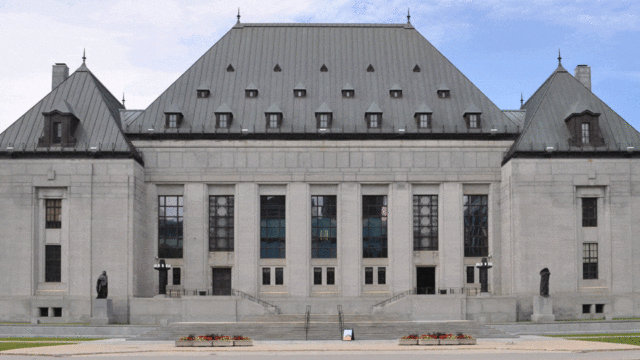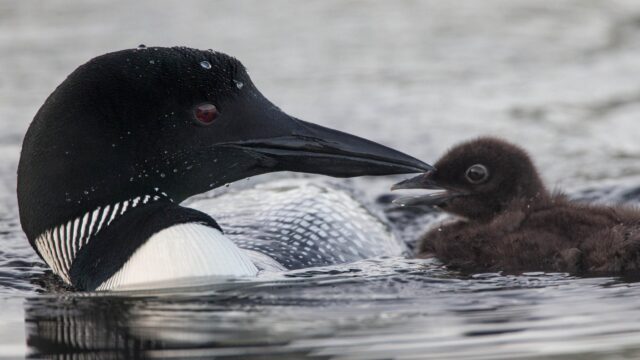This article was originally published by The Lawyer’s Daily (now called Law360) a division of LexisNexis Canada.
The week of Feb. 22, Premier Jason Kenney’s constitutional challenge of Canada’s Impact Assessment Act (IAA) will be heard in the Alberta Court of Appeal.
Alberta’s reference is yet another attack on legitimate federal efforts to protect the air, water, and land that sustain all Canadians.
The Kenney government has spared no effort to undermine environmental laws and climate action — from mounting a public inquiry aimed at silencing civil society groups who speak out on the climate crisis to opposing carbon pricing, and now trying to derail federal environmental assessments.
Premier Kenney threatened this legal challenge one month after taking office. In May 2019, he told a Senate energy committee that the IAA was a “flagrant” violation of section 92(a) of the Constitution of Canada, which gives the provinces jurisdiction over several matters related to non-renewable resources.
Yet Canadian courts have been clear that environmental protection is the shared responsibility of the federal and provincial governments, and that provincial powers do not prevent the federal government from acting within its own sphere.
In 1992, the Supreme Court of Canada issued a precedent-setting ruling upholding the constitutionality of federal environmental assessment under Canada’s first environmental assessment law. The Supreme Court found, in Friends of the Oldman River v. Canada (Minister of Transport) [1992] 1 S.C.R. 3, that Canada could lawfully assess the physical, economic and social environment within its heads of power as set out in the Constitution, even in relation to projects sponsored or regulated by provinces. “To suggest otherwise would lead to the most astonishing results,” Justice La Forest said, “and it defies reason to assert that Parliament is constitutionally barred from weighing the broad environmental repercussions, including socio-economic concerns, when legislating with respect to decisions of this nature.”
If Parliament can legislate on a matter, it can assess any and all environmental impacts on that matter in order to inform its actions and those of the federal executive. That’s what the IAA does. It does not permit colourable intrusions on areas of provincial responsibility.
The IAA is Canada’s fourth environmental assessment law. It is a significant step toward repairing the broken environmental process that resulted from Harper-era amendments to the Canadian Environmental Assessment Act (1992). These included provisions that restricted public participation and narrowed the considerations of environmental effects.
The new legislative framework is the result of extensive engagement. Thousands of Canadians from all backgrounds worked with the federal government and parliamentarians to shape the IAA. The result? A law that encompasses industry, environmental, and Indigenous interests. It brings public participation and transparency to the decision-making process. It sets out the factors that determine whether a project’s effects on areas of federal jurisdiction (such as fish, oceans, and migratory birds) are in the public interest. It also mandates consideration of Indigenous rights, climate commitments, sustainability, cumulative impacts, and mitigation.
Ecojustice, Canada’s largest environmental law charity, is committed to defending laws that safeguard the climate, nature, and a healthy environment for all Canadians — with each level of government acting to the maximum extent of its jurisdiction. That’s why Ecojustice is intervening in the IAA reference.
It is also why Ecojustice intervened in a Supreme Court hearing last fall in another constitutional challenge to an important federal law — the Greenhouse Gas Pollution Pricing Act. In this instance, Alberta, Ontario, and Saskatchewan questioned the federal government’s ability to implement climate solutions on a national scale. Ecojustice told the court that the climate crisis is an acute national emergency, permitting and requiring immediate and coordinated action.
The Oldman decision opened with the acknowledgment that “the protection of the environment has become one of the major challenges of our time.” Three decades later, that holds truer than ever.
In January, Frontiers in Conservation Science published Underestimating the Challenges of Avoiding a Ghastly Future. This sobering report by leading scientists, which cites more than 150 key studies, finds that people have yet to fully grasp the urgency of the climate and biodiversity crises. It is a “cold shower” to awaken leaders to the true, dire state of the planet and spur them to action.
Premier Kenney and his fellow-travelers would do well to take heed, stop the politically-motivated attacks on the environment and environmental laws, and show the leadership these unprecedented times demand. Until they do, Ecojustice will keep seeing them in court.
Protecting the environment is the duty and responsibility of governments at all levels. It is time to come together. What Canadians need and deserve is for governments to harmonize their efforts to protect the air, water and land that we all depend on. That starts with good environmental laws, like the IAA, that work for all Canadians.
This piece was written with contributions from Carolyn Wong, of Ecojustice’s communications team.





